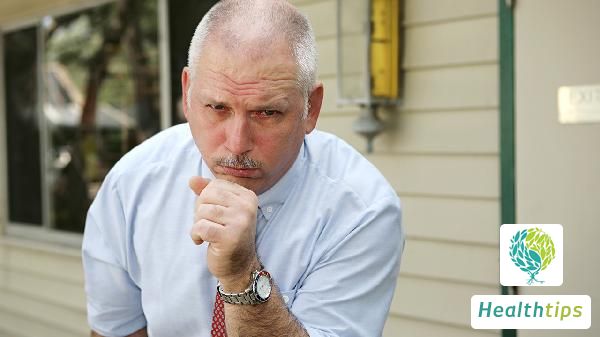What Are the Worst Consequences of Ankylosing Spondylitis?

a. Acute onset: Ankylosing spondylitis is a chronic inflammatory disease that can invade the sacroiliac joints, vertebral bone protrusions, paravertebral soft tissues, and peripheral joints, causing varying degrees of low back pain, stiffness, and other symptoms. If the condition is not controlled in time, it may lead to repeated episodes of the disease, affecting normal activity functions;
b. Joint deformity: As the disease progresses, it can lead to joint structure destruction, and even cause fibrous ankylosis, causing obvious hunchback phenomena. In severe cases, it can also affect normal life and work.
For individuals who are diagnosed early and receive standardized treatment, the prognosis is generally good, and usually does not have a significant impact on life. Therefore, it is recommended that patients follow the doctor's instructions to use non-steroidal anti-inflammatory drugs for treatment, such as Celecoxib Capsules, Diclofenac Sodium Sustained-Release Tablets, etc., to relieve discomfort symptoms. If necessary, the use of glucocorticoid drugs under the guidance of a doctor may also be considered, such as Dexamethasone Sodium Phosphate Injection, Prednisolone Acetate Injection, etc., to improve the condition. If the effect is not satisfactory, surgical treatment such as total hip arthroplasty or osteotomy may be required.
In daily life, it is also important to maintain good living habits, avoid excessive fatigue or strenuous exercise to prevent aggravating the original condition. At the same time, attention should also be paid to increasing nutrient intake, eating foods rich in protein appropriately, which can help enhance physical fitness and promote recovery.



















